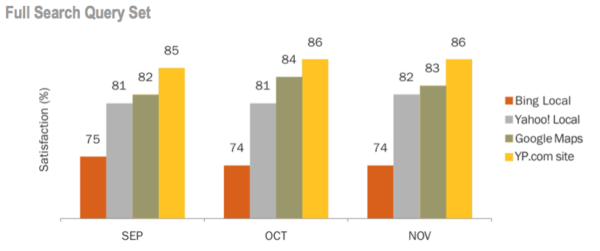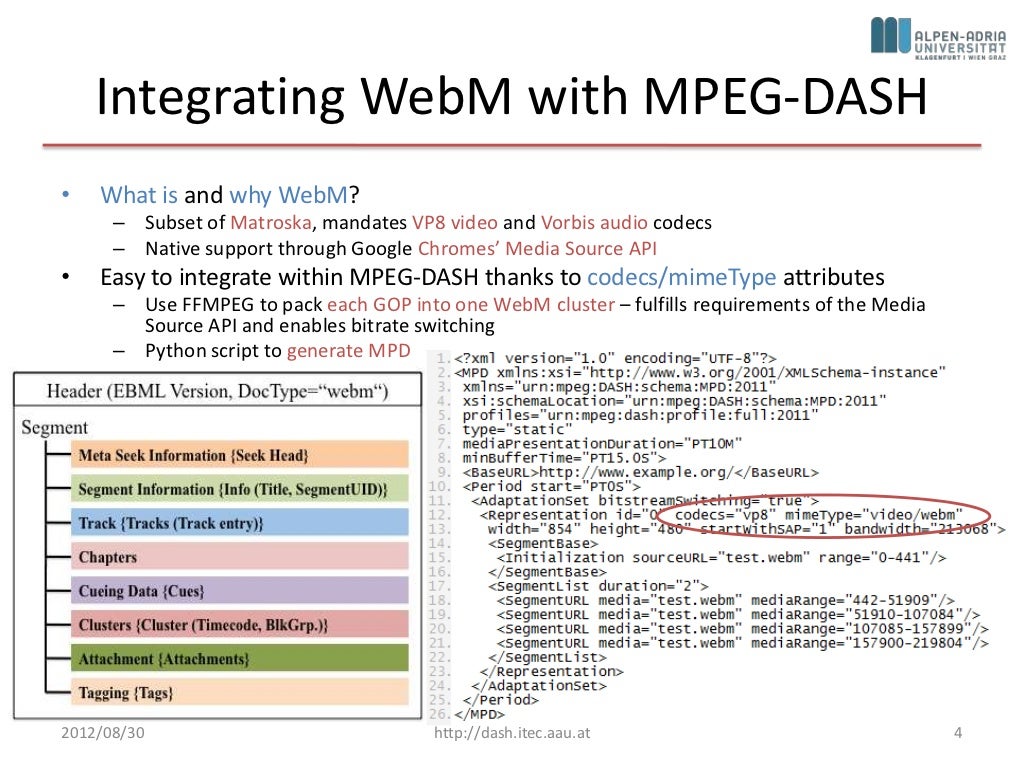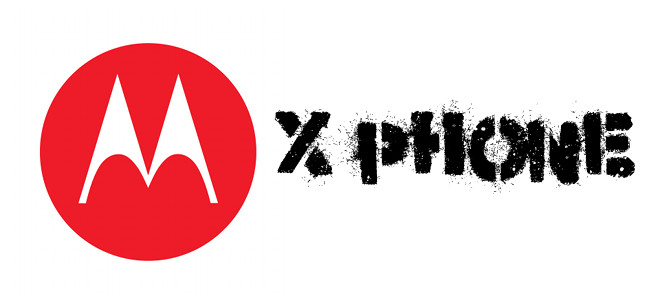DENVER--(BUSINESS WIRE)--Google Inc. and MPEG LA, LLC announced today that they have entered into agreements granting Google a license to techniques that may be essential to VP8 and earlier-generation VPx video compression technologies under patents owned by 11 patent holders. The agreements also grant Google the right to sublicense those techniques to any user of VP8, whether the VP8 implementation is by Google or another entity. It further provides for sublicensing those VP8 techniques in one next-generation VPx video codec. As a result of the agreements, MPEG LA will discontinue its effort to form a VP8 patent pool.
"This is a significant milestone in Google's efforts to establish VP8 as a widely-deployed web video format," said Allen Lo, Google's deputy general counsel for patents. "We appreciate MPEG LA's cooperation in making this happen."
"We are pleased for the opportunity to facilitate agreements with Google to make VP8 widely available to users," said MPEG LA President and CEO Larry Horn.
MPEG LA and Google Settle: What Does it Mean?
Google's licensing agreement with MPEG LA, and while the impact on streaming is likely to be small, the implications may be significant for other technologies like WebRTC
By
Jan Ozer
Posted on March 11, 2013 Streaming Media
Last week, MPEG LA and Google announced that they entered into agreements granting Google a license to technologies that “may” be essential to VP8, the video
codec fueling WebM. While this agreement may have little impact in the traditional streaming market, it could be very significant in other markets, particularly WebRTC. No financial terms of the agreement were announced, and MPEG LA declined to answer our questions.
History
You know the players and the history, but let’s quickly recount. Google
bought On2 in 2010 for $124 million, acquiring the VP8 codec that was the successor to On2’s wildly popular but never financially successful VP6 codec. Google later released VP8 as the video component of the open source format,
WebM. WebM was quickly implemented by Firefox, Opera and within Google’s own Chrome browser, but
Apple and
Microsoft declined to add the technology to their HTML5-compatible browsers, citing potential patent-infringement concerns.
Google later
announced that it would remove H.264 playback from Chrome, a promise they have neither kept nor retracted. In the meantime, Mozilla, which never licensed H.264, saw its market share dropping while it waited for Google to follow through. Recently, Mozilla changed their long-standing policy of not supporting patent-encumbered technologies, and decided to
support H.264 playback via the HTML5 tag when H.264 playback is present in the system, which includes most mobile devices, and Windows versions starting with Windows 7 (but not XP).
WebM never gained significant traction in the marketplace, with the most recent MeFeedia blog post,
HTML5 Based Video Availability, from December 2011, reporting less than 2% share. An April 2012 report from
Sorenson Media showed WebM’s market adoption at 5%. Neither source identified how many of these streams originated from Google subsidiary YouTube.
According to tests published in
Streaming Media, WebM’s market share wasn’t slowed by quality concerns, as the difference between WebM and H.264 were very minor. Rather, WebM seemed a solution without a problem, as H.264 usage, and web video in general, certainly hasn’t been hindered by the fact that H.264 is a patent-encumbered technology.
In February 2011, MPEG LA announced a
call for patents essential to the VP8 video codec and
twelve parties stepped forward, but no patent pool was ever formed and MPEG LA never identified the patent holders. Although WebM was largely seen as
dead in the water, as interest in the H.265/HEVC codec started to grow, the same patent-related concerns started to plague VP9, the next gen codec designed to compete against H.265/HEVC.
The Fine Print
Which brings us to the agreement. Let’s study the multiple relevant bits in the press release in turn.
“Granting Google a license to techniques that may be essential to VP8 and earlier-generation VPx video compression technologies under patents owned by 11 patent holders.”
There certainly is no public admission that VP8 technology infringed on any technology. For an amusing counter view, see Apple Insider’s “
Google admits its VP8/WebM codec infringes MPEG H.264 patents.” While this is probably meaningless, it’s interesting that the though 12 parties stepped forward in MPEG-LA’s call for patents, only 11 patent holders were party to the agreement.
"The agreements also grant Google the right to sublicense those techniques to any user of VP8, whether the VP8 implementation is by Google or another entity."
This makes it clear that all licenses of VP8/WebM are also clear from any claim of patent infringement from the MPEG-LA H.264 patent group. Since this was a major reason why Microsoft and Apple refused to license WebM, they’ll now either license the technology or find another major reason not to.
"It further provides for sublicensing those VP8 techniques in one next-generation VPx video codec."
This makes it clear that VP9 is also covered in the agreement, but not VP10 or any successor.
"As a result of the agreements, MPEG LA will discontinue its effort to form a VP8 patent pool."
MPEG LA’s quid pro quo; disbanding the VP8 patent pool.
Again, MPEG LA refused to answer any questions, so this is all that we--or presumably any other journalists--actually know. The rest we can only surmise.
Impact on Existing Streaming Markets
At this point, it’s hard to see that the agreement will have any short-term impact on the streaming media marketplace. Whether Apple or Microsoft will integrate WebM into their browsers is anyone’s guess, but even if they do, there’s little incentive for most producers of free internet video to adapt WebM, since there is no H.264 royalty on free internet video, and H.264 plays everywhere, from the lowest power mobile device to all OTT Platforms.
If WebM browser-support becomes ubiquitous, or if Adobe adds WebM “
in an upcoming release” of Flash player, those selling subscription-based or pay-per-view content might want to encode desktop-bound streams in WebM, though mobile support, particularly iOS support, could take longer, and conceivably may never happen.
Looking forward, this announcement does clear the air for VP9’s charge against H.265/HEVC, but Google faces an uphill battle against a standards-based codec whose ultimate success will depend largely upon hardware support for encode and decode. According to a
Google presentation made at the
Internet Engineering Task Force meeting in Atlanta in November, 2012, VP9 is still about 7% behind H.265 in quality so there are other hurdles to VP9’s success.
It’s WebRTC, Stupid
Perhaps the real focus of Google’s VP8-related efforts, going back to the original On2 acquisition, relate to
WebRTC, which is an HTML5-compatible, open framework enabling real time communications in the browser. Essentially, WebRTC is Skype without the app, enabling web-based communications between all supporting browsers, and was a component of the technologies
discussed by Google’s Matt Frost in his keynote speech at Streaming Media East in 2012. In February, 2013, Google and Mozilla demonstrated WebRTC interoperability between Firefox and Chrome, a significant milestone in WebRTC’s success.
Interestingly, Google acquired the WebRTC infrastructure when they
bought Global IP Solutions Holding in May 2011, for $68.2 million, around the same time that the On2 acquisition closed. Several codecs,
including H.264, have been proposed as the Mandatory to Implement (MTI) codec for WebRTC, but the potential for patent infringement claims have hindered VP8’s adoption. Beyond the MPEG LA agreement, Google “
submitted VP8 as a candidate for standardization in ISO/IEC JTC1 SC29 WG11 (better known as MPEG)” and is now aggressively pushing VP8 as the “
most suitable code for MTI.”
As always, Google’s profit motive for WebRTC is opaque. The best contender for an actual motive was proposed by Tsahi Levent-Levi in the
VisionMobile blog, who opined, “The real value for Google lies in allowing them to serve more ads and mine more insights out of people’s browser behavior – these are things that Google treasures”.”
Whatever the motive, WebM certainly has a greater chance of succeeding in a nascent market like WebRTC than in existing markets that have already embraced other technologies.
 For years now, Google has offered its
For years now, Google has offered its 














